The resounding “Hurrah!” from our advisory board members after four hours of passionate brainstorming over the future of COCO confirmed our progress. COCO refined its vision and mission to help us more effectively protect our ocean at its source – a mile high:
Vision: To inspire an inland community to be stewards of our ocean.
Mission: Leading a community of individuals to understand our connection to the ocean, unite through shared conservation values, and advocate and celebrate actions that promote a healthy ocean.
In 2011, COCO came under the umbrella of The Ocean Foundation with a dream to create a new opportunity for people living inland to engage with ocean problems and solutions. After three years, the support shown to COCO indicated not only real interest, but also genuine need and commitment from our inland community to effect change.
COCO’s new vision and mission align to help shift the cultural habits of inland residents to more sustainable lifestyles. Understanding our connection to the ocean comes first. For example, did you know:
1) One out of every three breaths of air is derived from oxygen generated from the seas?
2) One-hundred percent (100%) of our precipitation, be it snow or rain, is essentially sourced from the Pacific or Atlantic oceans? This water flows into our local streams, the Boulder Creek watershed, which feeds into the Mississippi watershed, Gulf of Mexico, and ultimately back to the Atlantic Ocean?
Colorado’s water supply, although presently bountiful, is under unprecedented stress due of the current population growth and the thriving gas and oil industry. In fact, many streams and rivers in the Boulder Creek watershed, once one of the cleanest, can be as much 75% effluent water depending on flow level.[i] Contamination from population is considerable, and adding the effects of industry, such as compromised storage tank systems from hydraulic fracturing (“fracking”) further pollutes our ocean. The Environmental Protection Agency currently reports multiple fracking violations in Colorado alone.[ii] Despite the inconvenience and challenge involved with consumer change, the time to do it is now.
The next step is making the shift. Change is good, and it can be simple:
1) Reduce your carbon footprint at home and on the road: More than 50% of US fossil fuels are used to heat and cool your home. The average carbon footprint per person per house is 4.5 tons of carbon per year using conventional coal-fired electricity and natural gas heating.[iii]3 Namaste Solar (www.namastesolar.com), a reliable regional solar provider, provides exceptional deals for getting solar into your home. Solar City (www.solarcity.com), founder Elon Musk (Tesla Automotive) and backed by Google.com, are promoting solar panels for zero cost of entry.
2) Buy or lease an electric vehicle and eliminate your commute carbon footprint: The average US commute is approximately 40 miles round trip, which contributes nearly 4 tons of CO2 per year. There are multiple electric vehicles, such as the Nissan Leaf or the i3 BMW (fastest 0-60 sec of all BMW models) with zero emissions starting as low as $260 per month. By switching from conventional to electric car, you’ll save about 2 tons CO2 per year if you charge it with fossil-fuel derived electricity. You’ll also save on running costs – it will cost around $400/yr to charge an electric car to drive 12,000 miles, and about $1,700 to buy gasoline for the same mileage.[iv]
3) Opt-out of plastic and reduce landfill plastic by as much as 15%: It is easy now to purchase competitively priced plastic alternatives, such as wax paper and glass jars with lids instead of using zip lock bags, cellophane wrap, or flimsy plastic food storage containers; buy bio-degradable trash and “doggie-do” bags; do not buy plastic water, juice, or soda in the plastic bottle.
COCO further aims to build our community voice for national politicians to consider and heed through the Blue the Dive Industry Consensus. Be part of the thousands of other consumer Americans that understand our connection to the ocean and desire US Government’s response to implement sustainable industry solutions.
Lastly, COCO makes it fun!

All this effort requires a little levity through celebration. Please participate in one of our many gatherings and events – click here to see our latest events update and be part of the fun!
We look forward to making these changes with you. Collectively and collaboratively, it is our inland community that will ultimately influence the health and future of our oceans. Change is good, and the shift starts here – inland.
[i] “State of the Watershed: Water Quality of Boulder Creek, Colorado” By Sheila F. Murphy, Prepared in cooperation with the City of Boulder, Colorado, U.S. Geological Survey Circular 1284; U.S. Department of the Interior, U.S. Geological Survey; page 8
[ii] 2 ECHO – EPA Violations (11-1-2013)
Source: Environmental Protection Agency
Date: Data downloaded 11/1/2013
Notes: ECHO is the Environmental Protection Agency’s Enforcement and Compliance History Online system. The FracTracker Alliance selected all data with SIC Code 13: Oil and Gas extraction, yielding 35,758 facilities that were in the ECHO system. Of these, only 13,614 are had location data, therefore only 38% of the entries are mappable. Of the mappable entries, only 2,868 of the records had any recent data according to the EPA’s metrics, including violations within the last three years or enforcement actions within the last five years.
[iii] Earth on the Edge: http://www.earthontheedge.com/how-much-co2-are-you-emitting/
[iv] Earth on the Edge: Ehttp://www.earthontheedge.com/electric-cars-running-cost-and-co2-emisisons/
